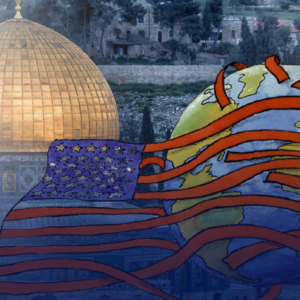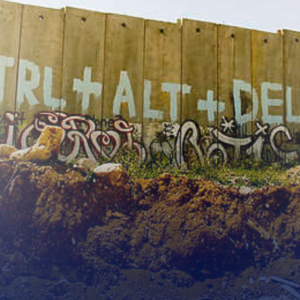Iran Decrypted (Intro): A Critical Look at Recent Protests from a Global Perspective


Iran Decrypted (Intro): A Critical Look at Recent Protests from a Global Perspective
As modern conflict moves away from hard industrial war to soft information warfare, the recent political unrest in Iran must be analyzed from a new global perspective, one that recognizes the convergence of historical contexts, present-day challenges, and future impacts within an international framework.
The piece you just read is a part of a larger report on Iran. Each day we will delve into a different aspect. Part two, "Iran Decrypted: Propaganda and the Labeling of Iranian Voices" comes out on Wednesday, Dec 24th, 2022.
SOURCES
34. “George Ritzer and Paul Dean, Globalization: a Basic Text,” Journal of Economics and Political Economy
35. https://www.cnn.com/2022/10/05/middleeast/social-media-disinformation-mime-intl
36. https://www.politico.com/magazine/story/2016/12/mek-backtalk-iranian-group-214526/
37. https://observer.com/2019/05/john-bolton-mek-iranian-regime-change/
39. https://cyber.fsi.stanford.edu/io/news/sio-aug-22-takedowns
40. https://theintercept.com/2018/02/05/iran-cia-coup-mossadegh-ayatollah/
100. https://www.mofo.com/resources/insights/200618-ofac-new-faqs-iran-sanctions
111. https://en.irna.ir/news/84912551/Saudi-Arabia-funds-Iran-International-TV
119. https://time.com/heroes-of-the-year-2022-women-of-iran/
If you value our journalism…
TMJ News is committed to remaining an independent, reader-funded news platform. A small donation from our valuable readers like you keeps us running so that we can keep our reporting open to all! We’ve launched a fundraising campaign to raise the $10,000 we need to meet our publishing costs this year, and it’d mean the world to us if you’d make a monthly or one-time donation to help. If you value what we publish and agree that our world needs alternative voices like ours in the media, please give what you can today.











